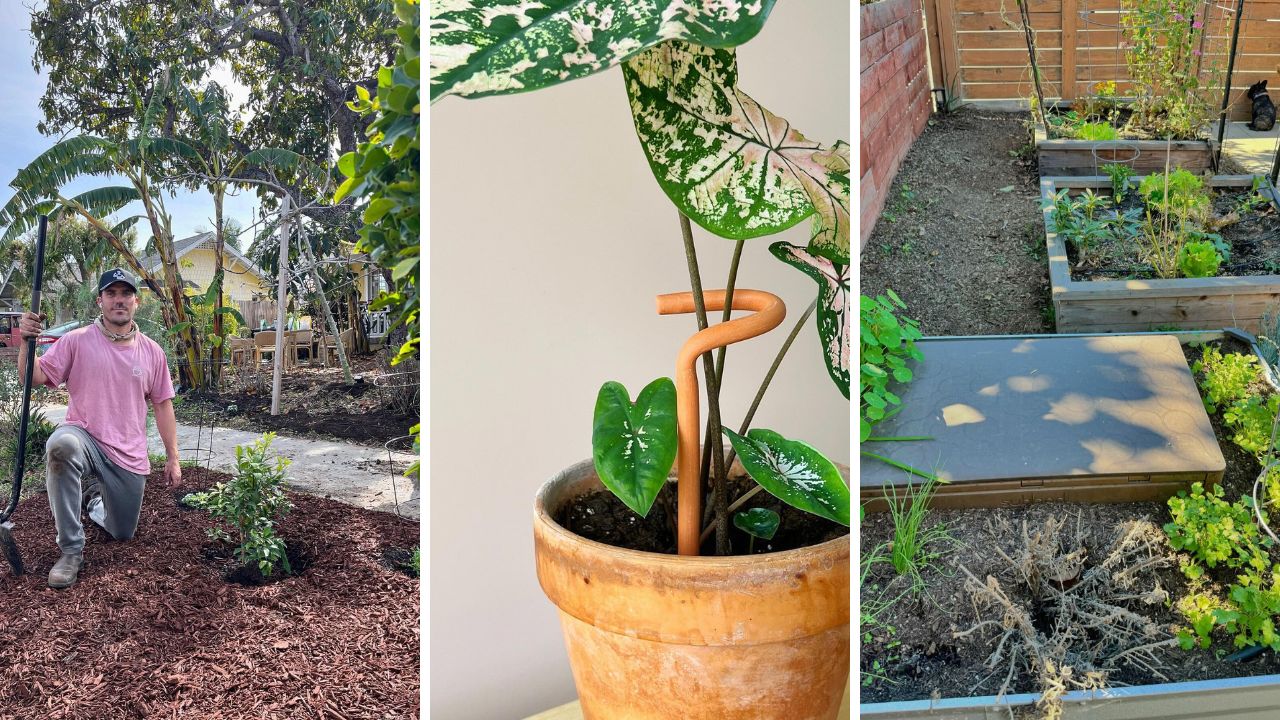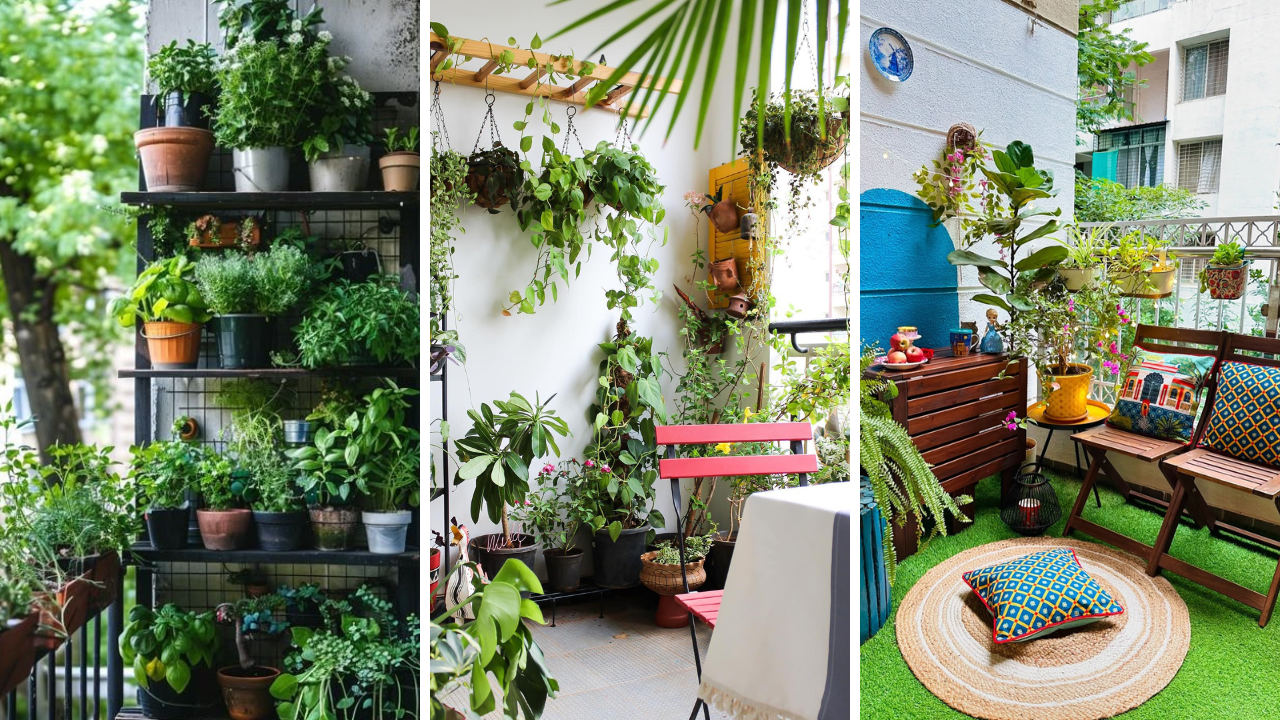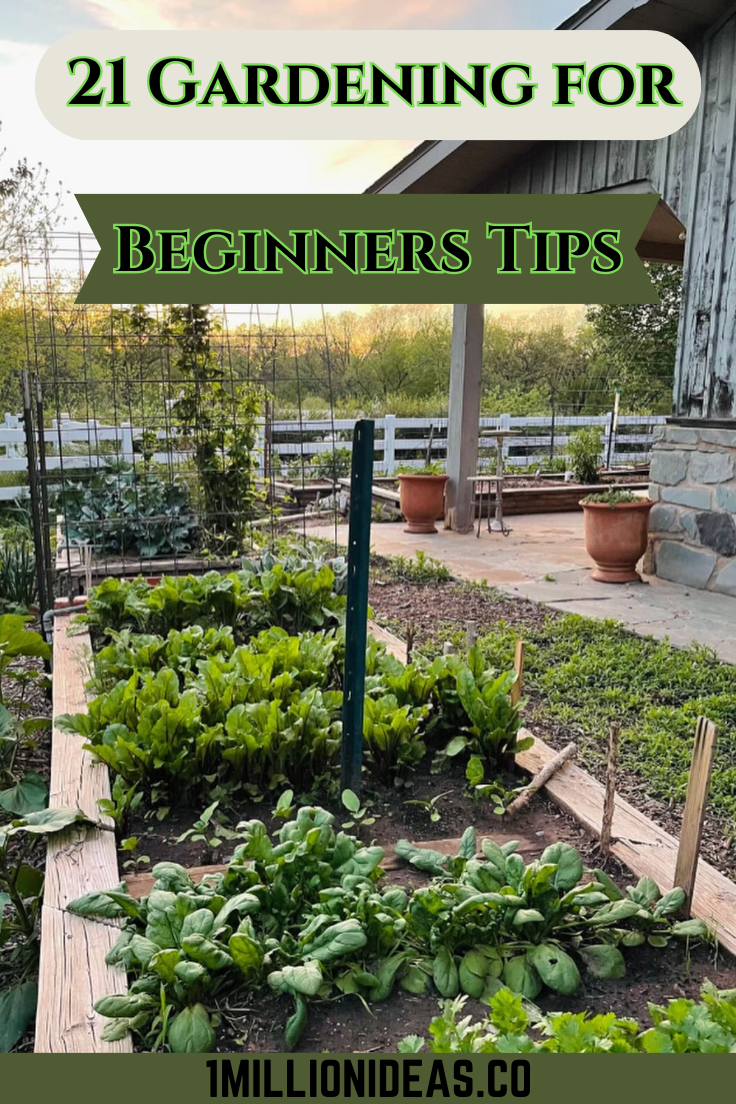
Starting a garden can be one of the most rewarding hobbies, offering fresh air, relaxation, and a sense of accomplishment. However, if you’re new to gardening, it can also feel overwhelming with so much to learn. The key to success is starting small, using the right tools, and understanding the fundamental needs of your plants. This guide will walk you through 21 beginner-friendly gardening tips, covering everything from choosing the right plants to maintaining a healthy and thriving garden. Plus, we’ll recommend some must-have products to make your gardening journey easier. Whether you’re growing flowers, vegetables, or herbs, these tips will help you build confidence and enjoy the process.
1. Start with Easy-to-Grow Plants
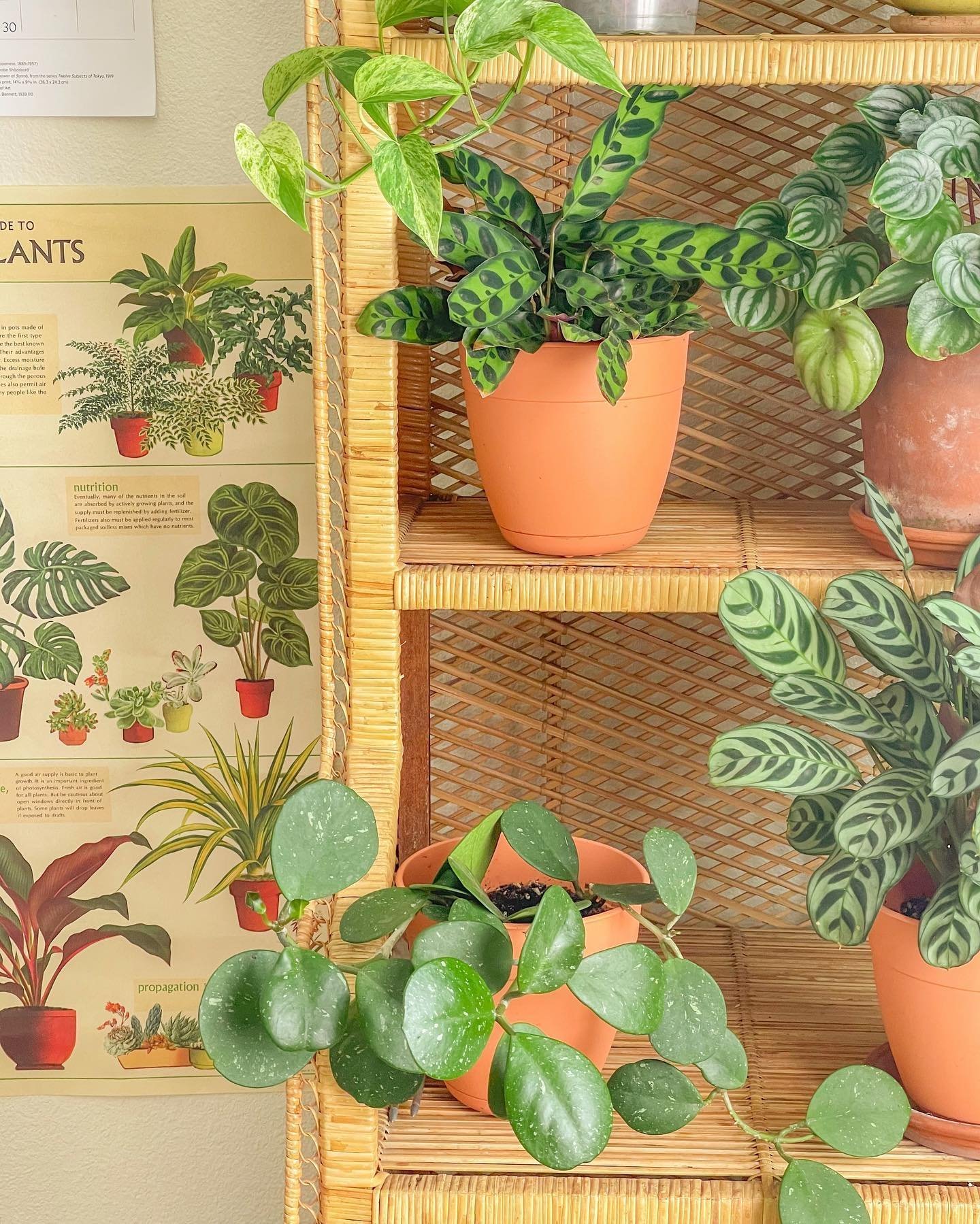
source@iplanteven
One of the biggest mistakes beginner gardeners make is choosing plants that require extensive care and maintenance. If you’re just starting out, it’s best to begin with hardy, low-maintenance plants that thrive in most conditions. Vegetables like lettuce, radishes, and cherry tomatoes grow quickly and require minimal effort, making them perfect for beginners. If you prefer flowers, marigolds, zinnias, and sunflowers are excellent choices because they tolerate different climates and soil conditions. Starting with easy-to-grow plants helps you build confidence and gain experience without the frustration of dealing with high-maintenance varieties.
2. Choose the Right Location
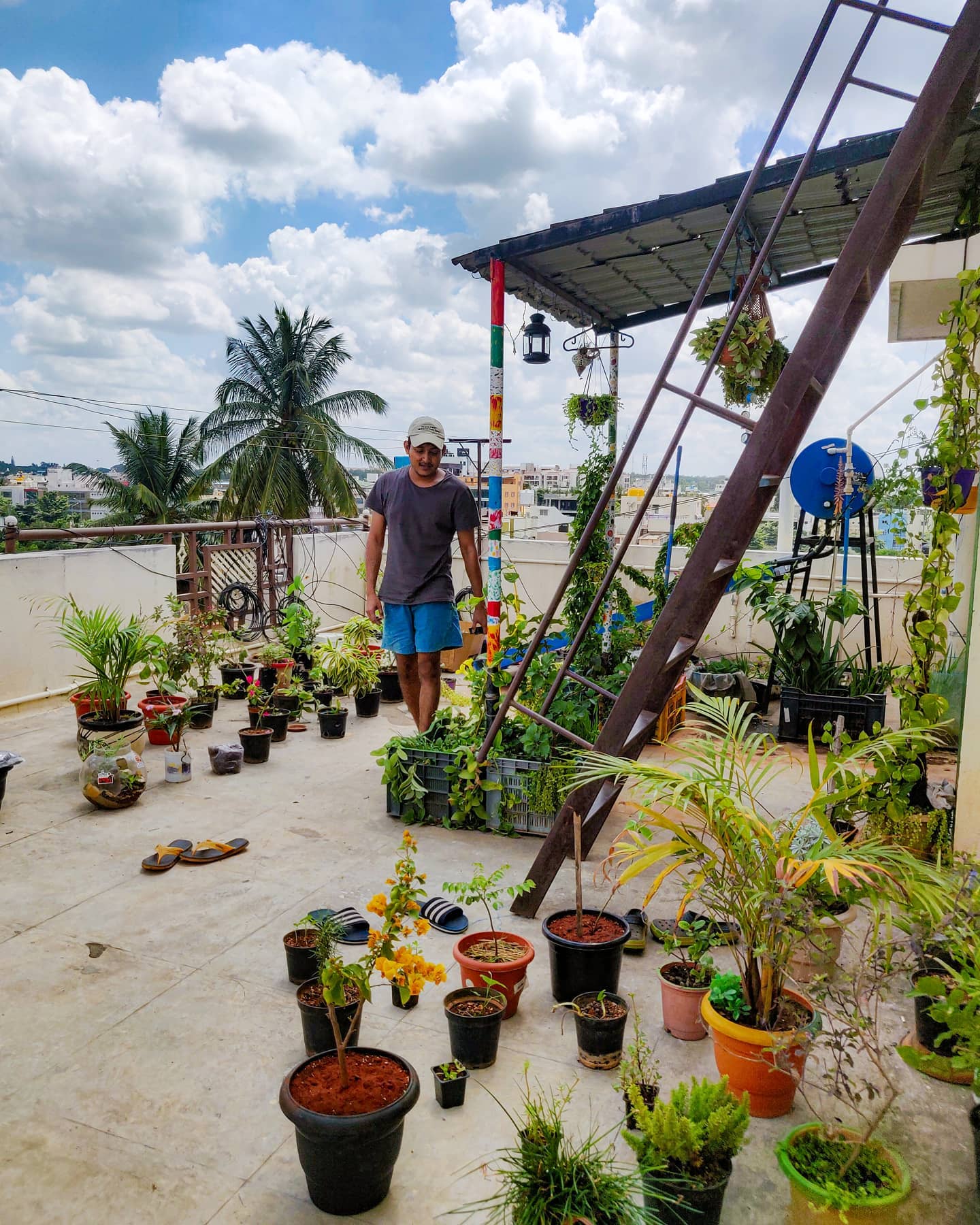
Before you start planting, take time to observe your yard and determine the best location for your garden. Most plants require at least six hours of direct sunlight daily, so choose a spot that receives ample sunlight. If you have limited space, consider container gardening or vertical planters, which allow you to grow plants in smaller areas. Additionally, avoid placing your garden in a spot with strong winds, which can damage delicate plants. By selecting the right location, you set your garden up for success and ensure optimal plant growth.
3. Know Your Soil Type
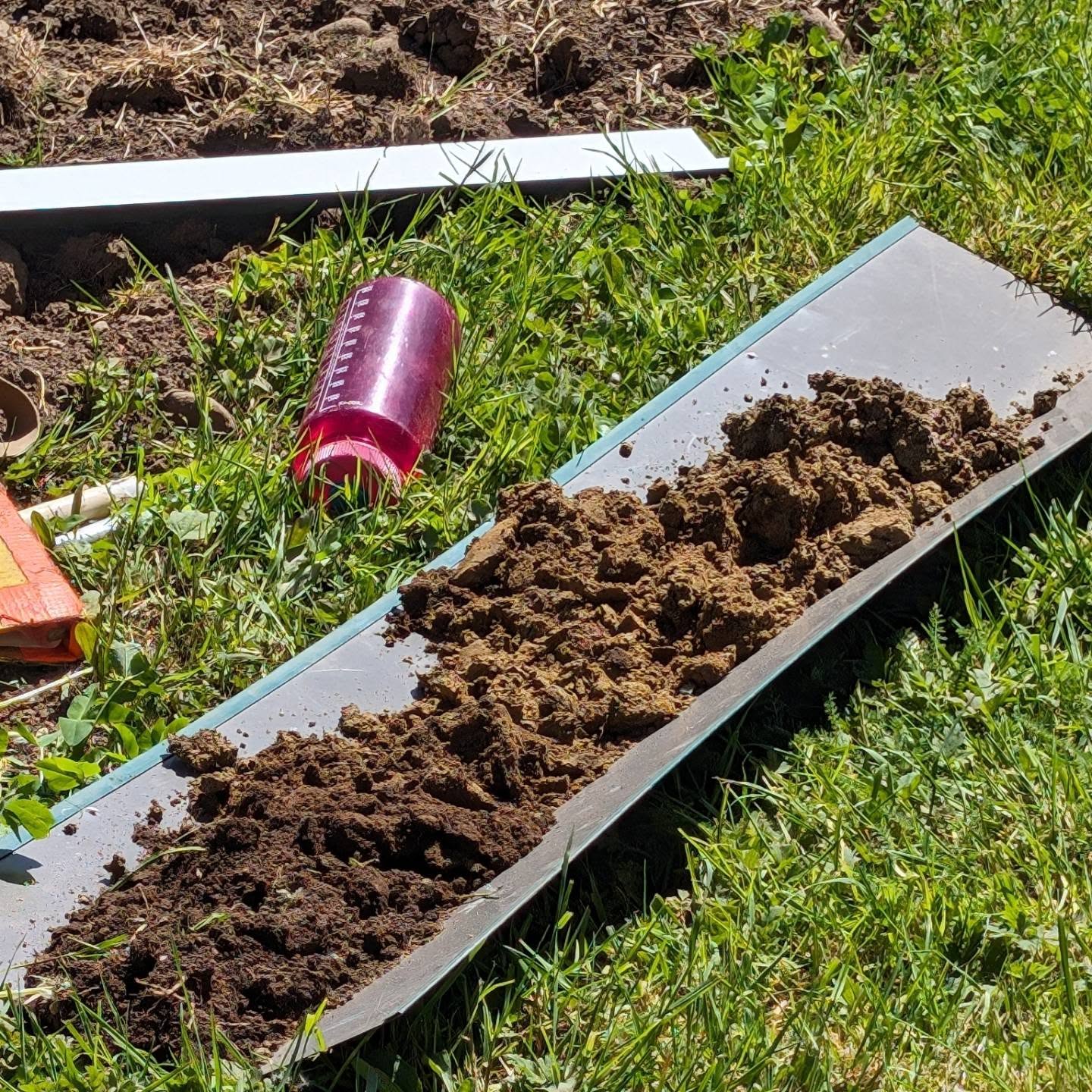
source@lamb.and.chick
Soil quality is one of the most important factors in plant health. Different plants thrive in different soil types, so it’s essential to understand your soil before planting. Conducting a simple soil test can help you determine its pH level and nutrient content. Many beginner gardeners overlook this step, but knowing your soil type allows you to make the necessary amendments for better plant growth. If your soil lacks nutrients, you can improve it by adding compost, organic matter, or store-bought soil enhancers. A soil test kit from Amazon is a great tool to assess your soil and make informed decisions.
4. Invest in High-Quality Gardening Tools
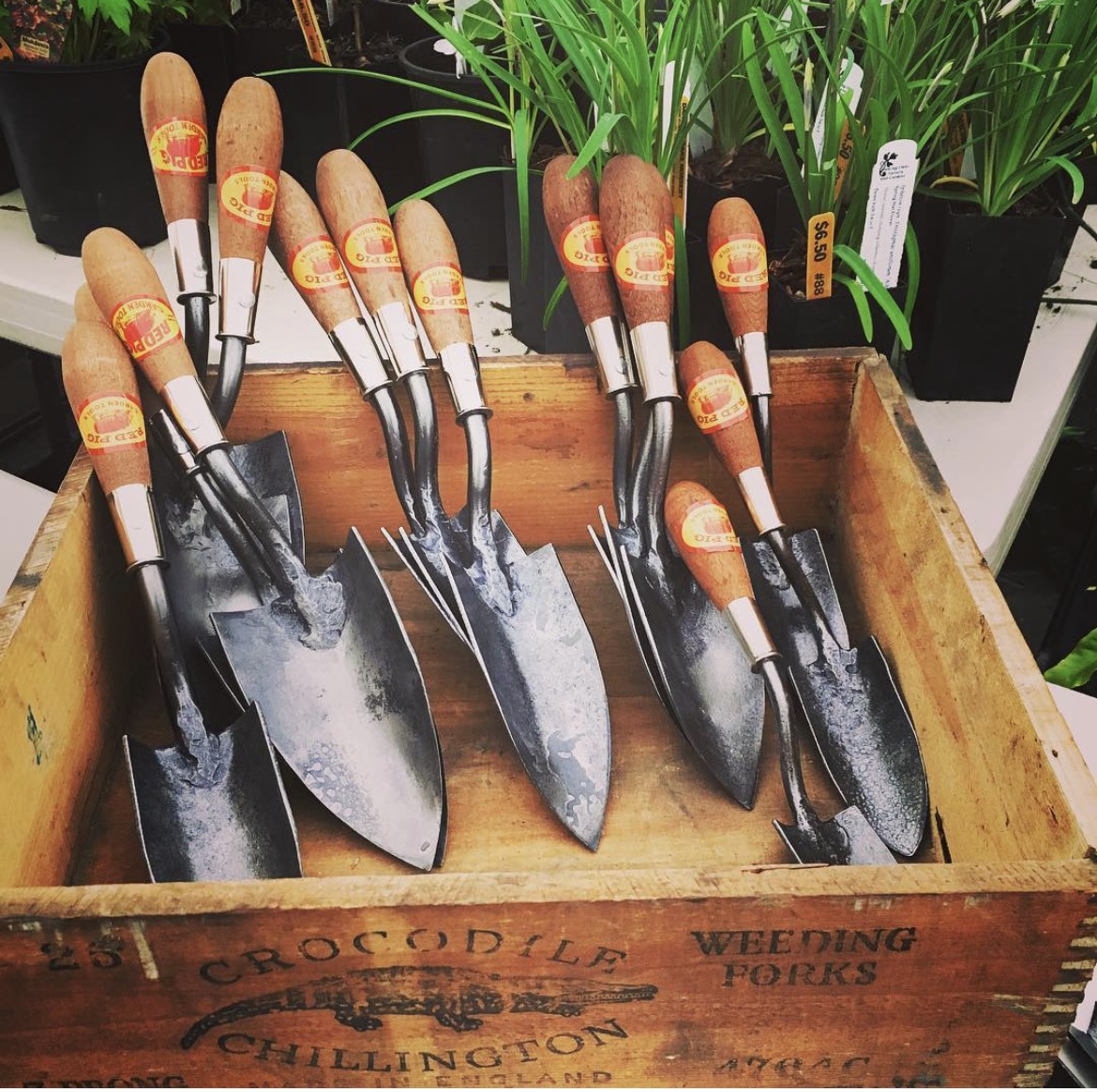
source@redpigtools
Having the right tools makes gardening much easier and more enjoyable. A beginner gardener should invest in a few essential tools, including a trowel, hand pruners, a watering can, and a durable pair of gardening gloves. A high-quality gardening tool set from Amazon can provide everything you need to get started. Cheap tools may break easily or make tasks harder, so it’s worth spending a little extra on durable, ergonomic equipment that will last for years.
5. Learn About Watering Needs
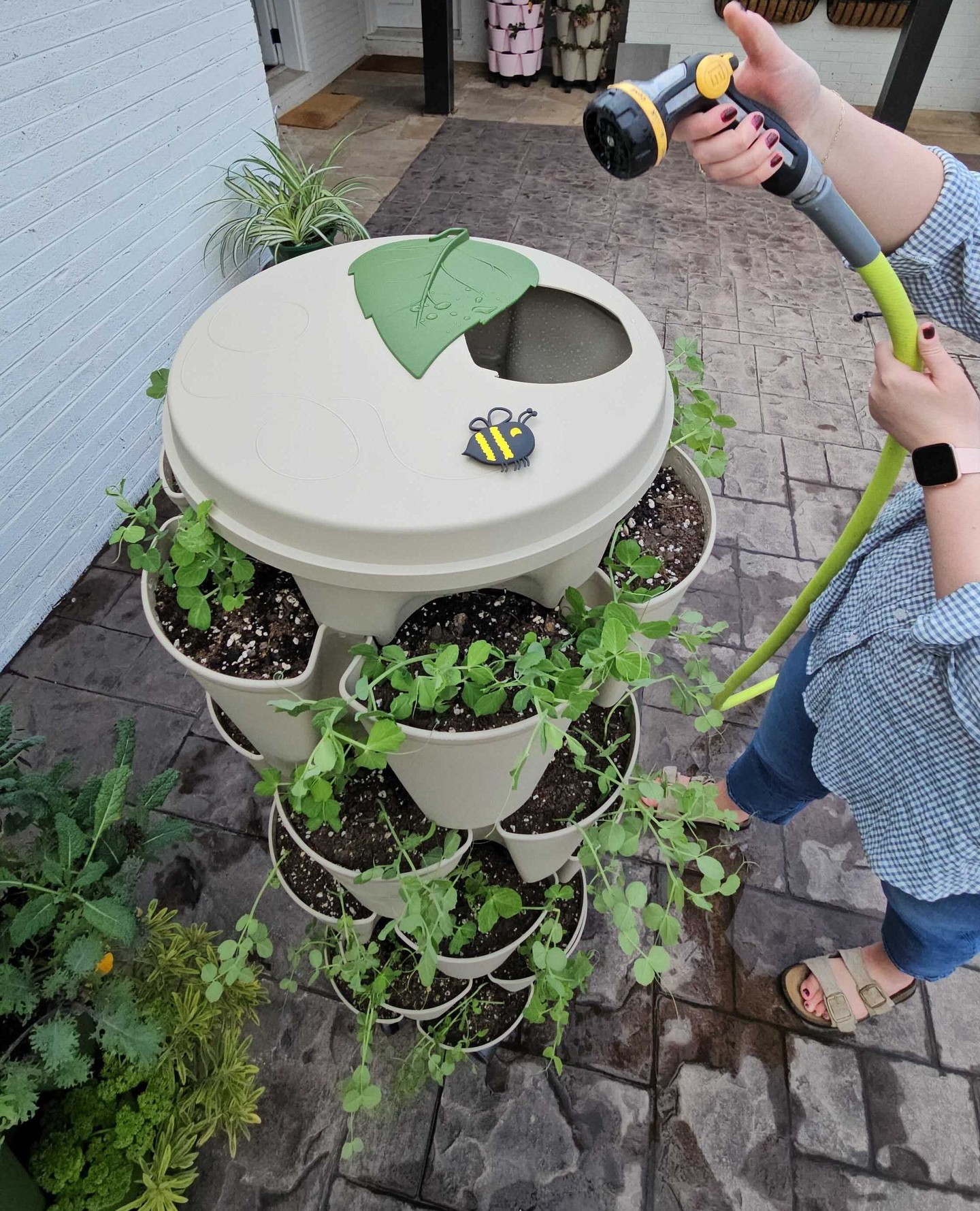
source@greenstalkgarden
Overwatering and underwatering are common mistakes among beginners. While every plant has different watering needs, a good rule of thumb is to water deeply but less frequently. This encourages plants to develop strong root systems. The best time to water is early in the morning or late in the evening when temperatures are cooler, reducing water evaporation. Consider investing in a drip irrigation system or a self-watering planter for consistent moisture control. By understanding the right watering practices, you’ll prevent root rot and keep your plants healthy.
6. Use Mulch to Retain Moisture
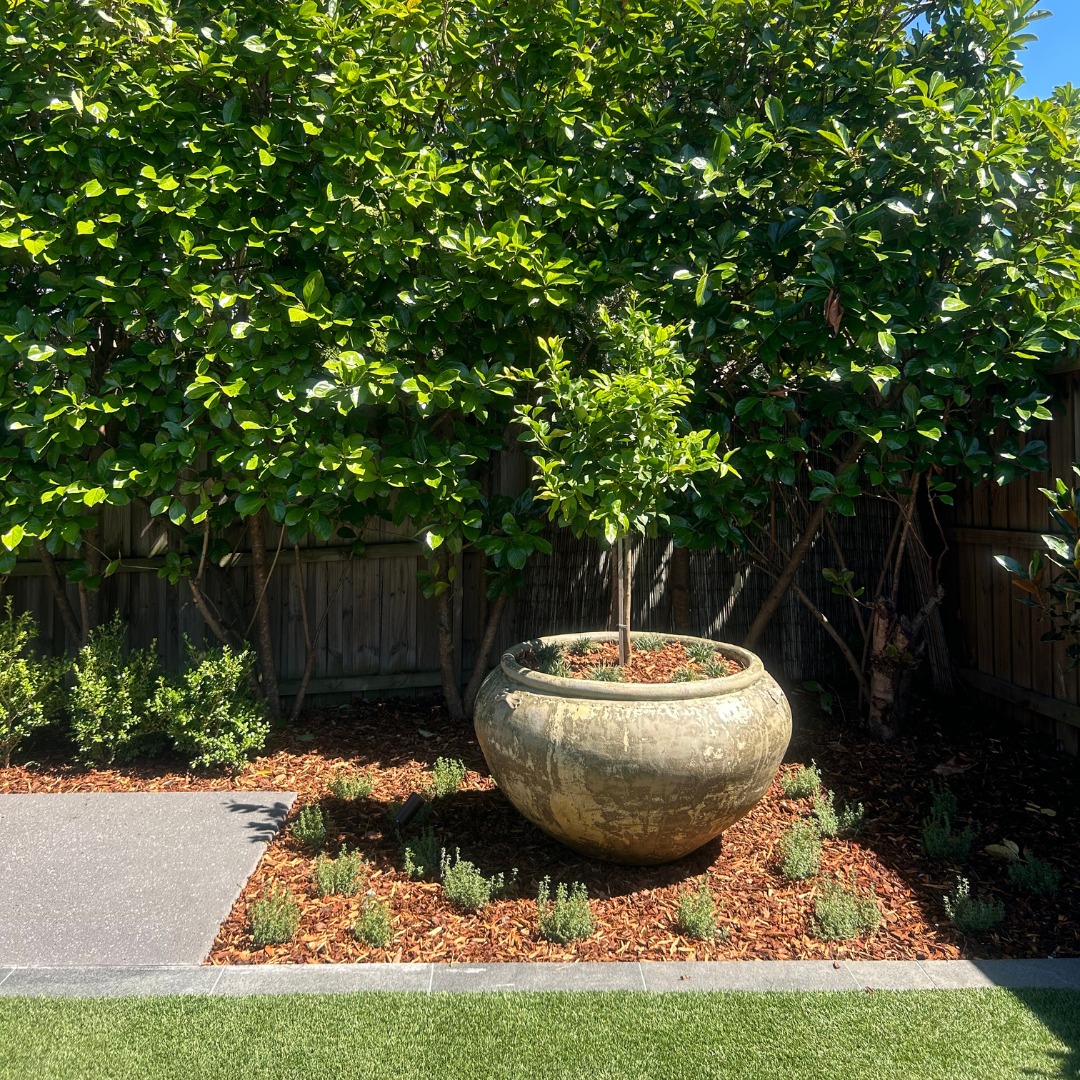
source@insightlandscapes
Mulching is an essential gardening practice that helps retain soil moisture, suppress weeds, and regulate soil temperature. Organic mulches like wood chips, straw, or shredded leaves are excellent choices for beginners. Not only does mulch protect the soil, but it also enriches it as it decomposes. Applying a layer of organic mulch around your plants reduces the need for frequent watering and prevents weeds from competing with your plants for nutrients.
7. Plan Your Garden Layout
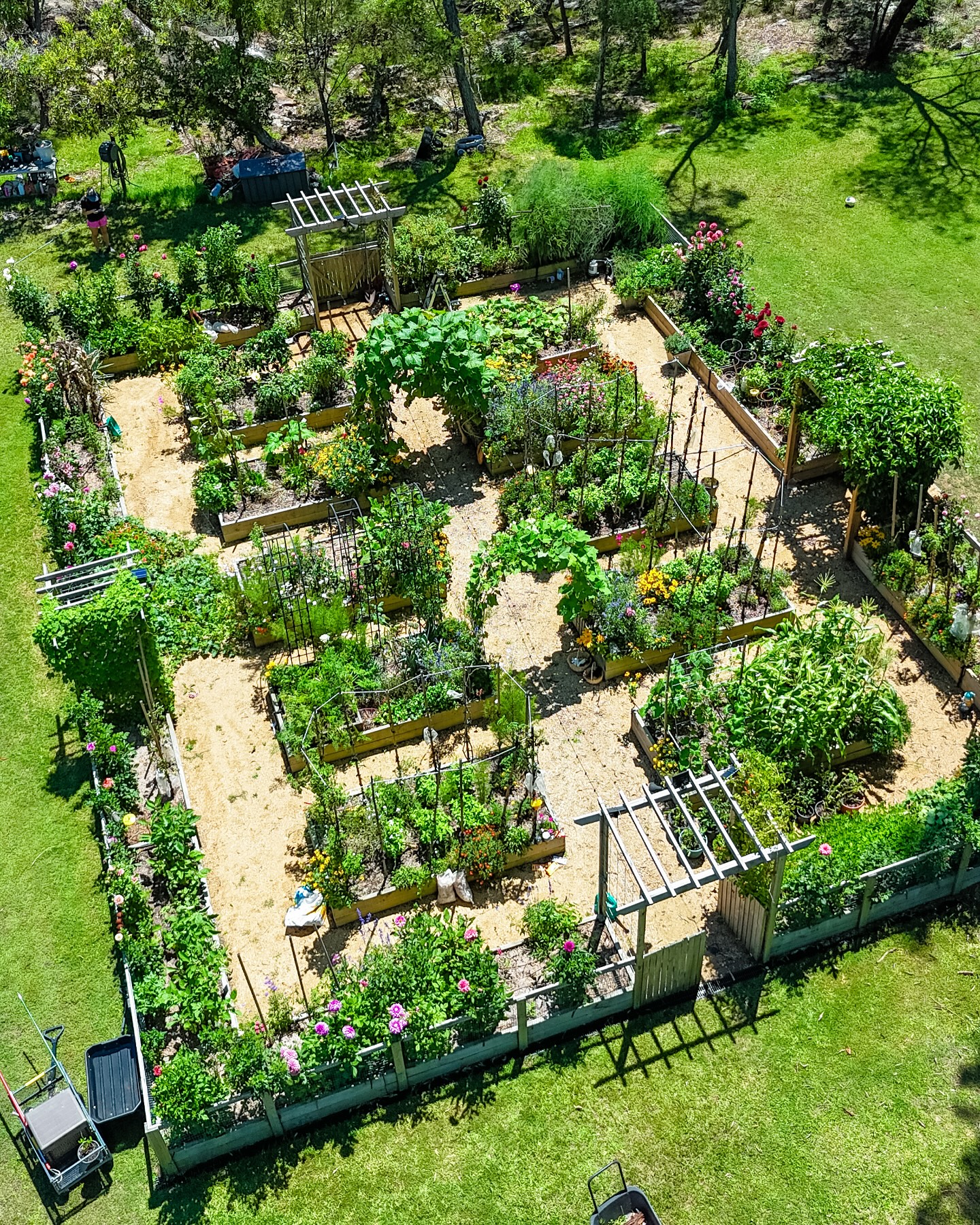
source@brecklyn_house
Proper garden planning can make a huge difference in plant growth and maintenance. Some plants thrive when placed near certain companions, while others may struggle. Before planting, research companion planting to maximize space and improve plant health. For example, basil and tomatoes grow well together, while onions and beans should be kept apart. Additionally, leaving adequate spacing between plants ensures proper air circulation, reducing the risk of fungal diseases.
8. Start with Raised Garden Beds or Containers
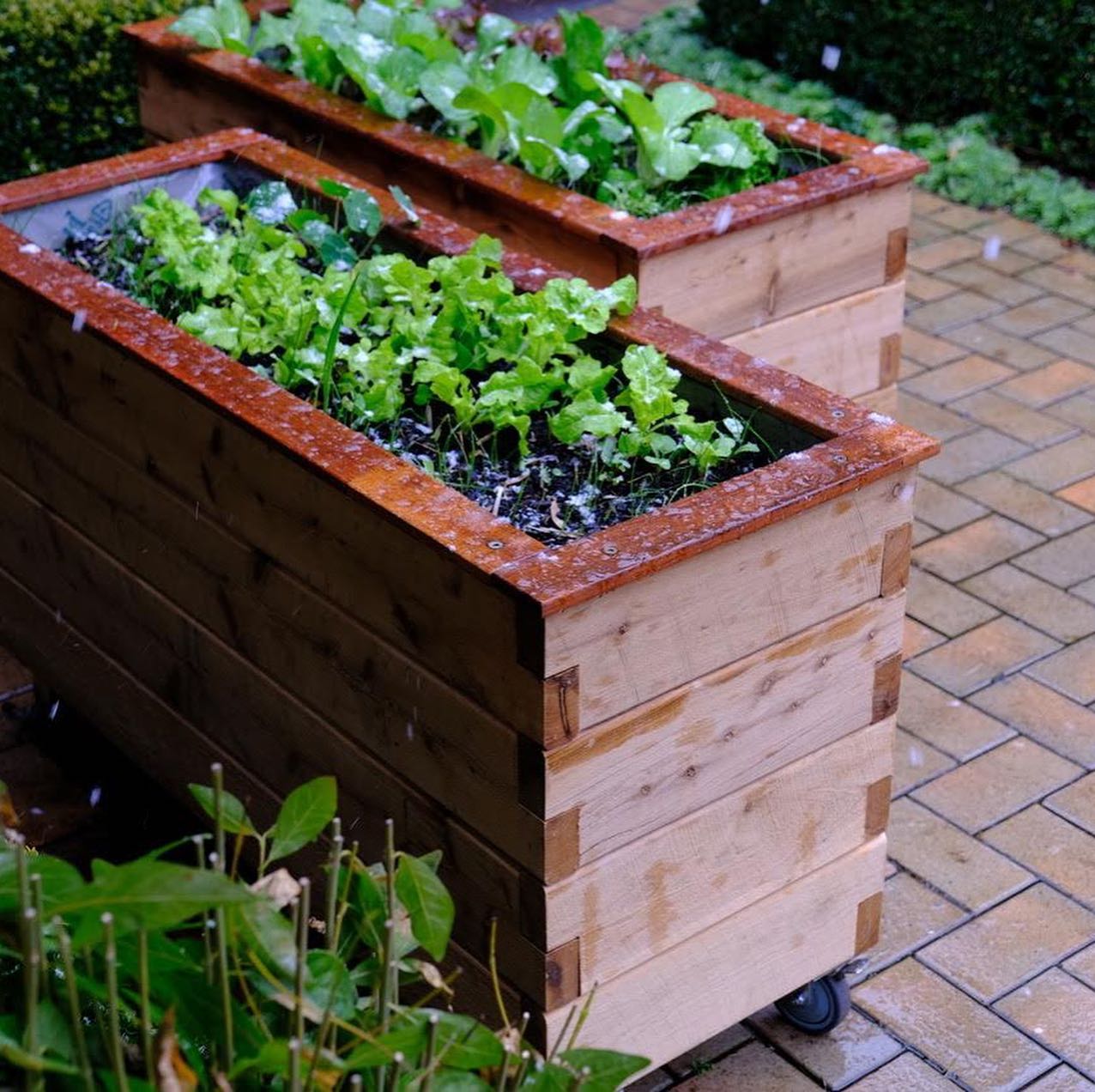
source@modboxco
If you have poor soil quality or limited space, raised garden beds or containers are excellent alternatives. Raised beds allow for better drainage and soil control, while containers are perfect for growing herbs and small vegetables. They also make gardening more accessible for those with back pain since you don’t have to bend down as much. A raised garden bed kit from Amazon can simplify the setup and help you get started quickly.
9. Feed Your Plants with the Right Fertilizer
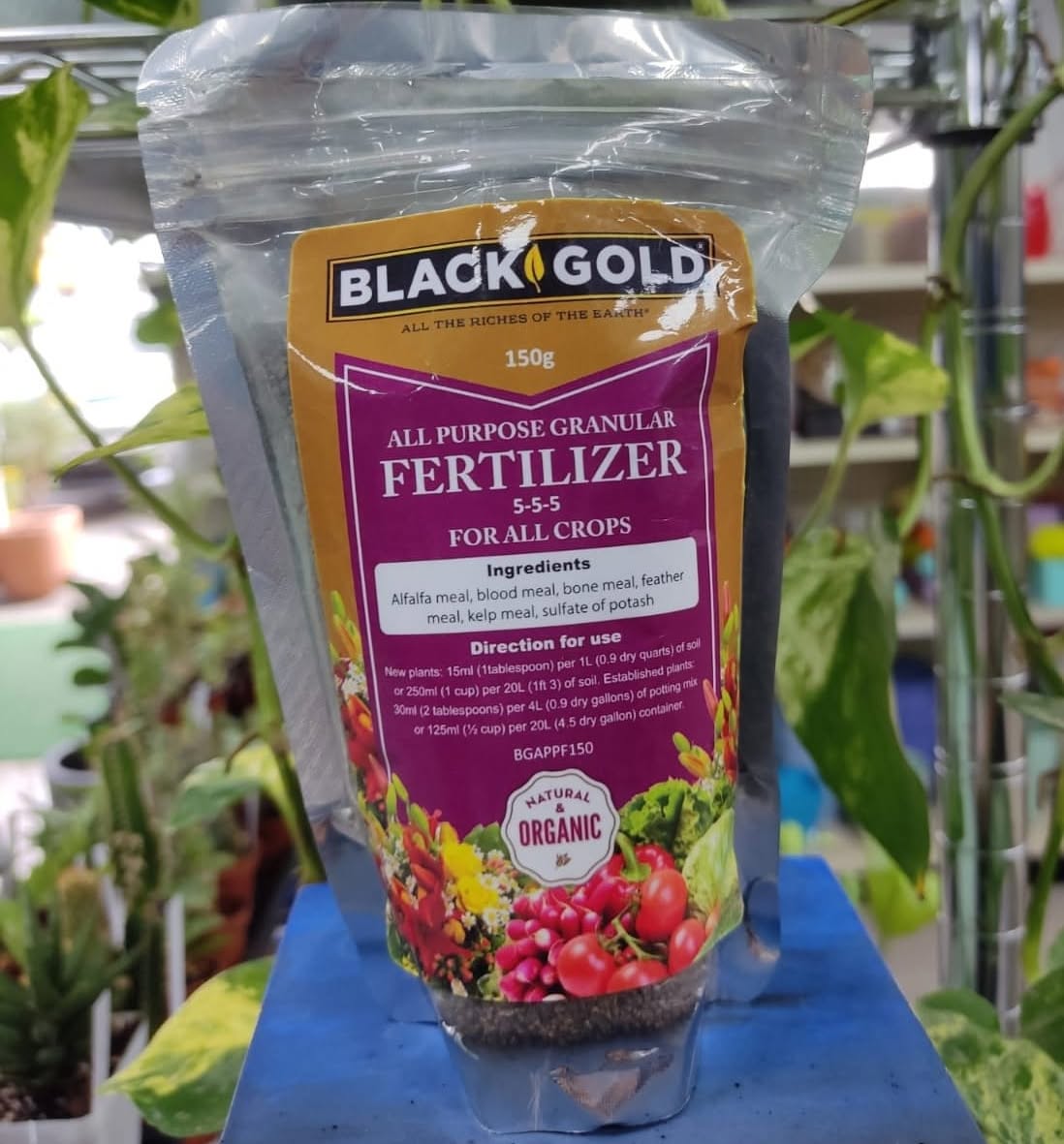
source@thegreenfarmertt
Plants need nutrients to grow strong and healthy, and sometimes soil alone isn’t enough. Organic fertilizers such as compost, fish emulsion, or worm castings provide essential nutrients without harmful chemicals. If you’re growing vegetables, look for a balanced organic fertilizer that contains nitrogen, phosphorus, and potassium. Feeding your plants regularly will promote lush growth and increase your harvest.
10. Learn About Companion Planting
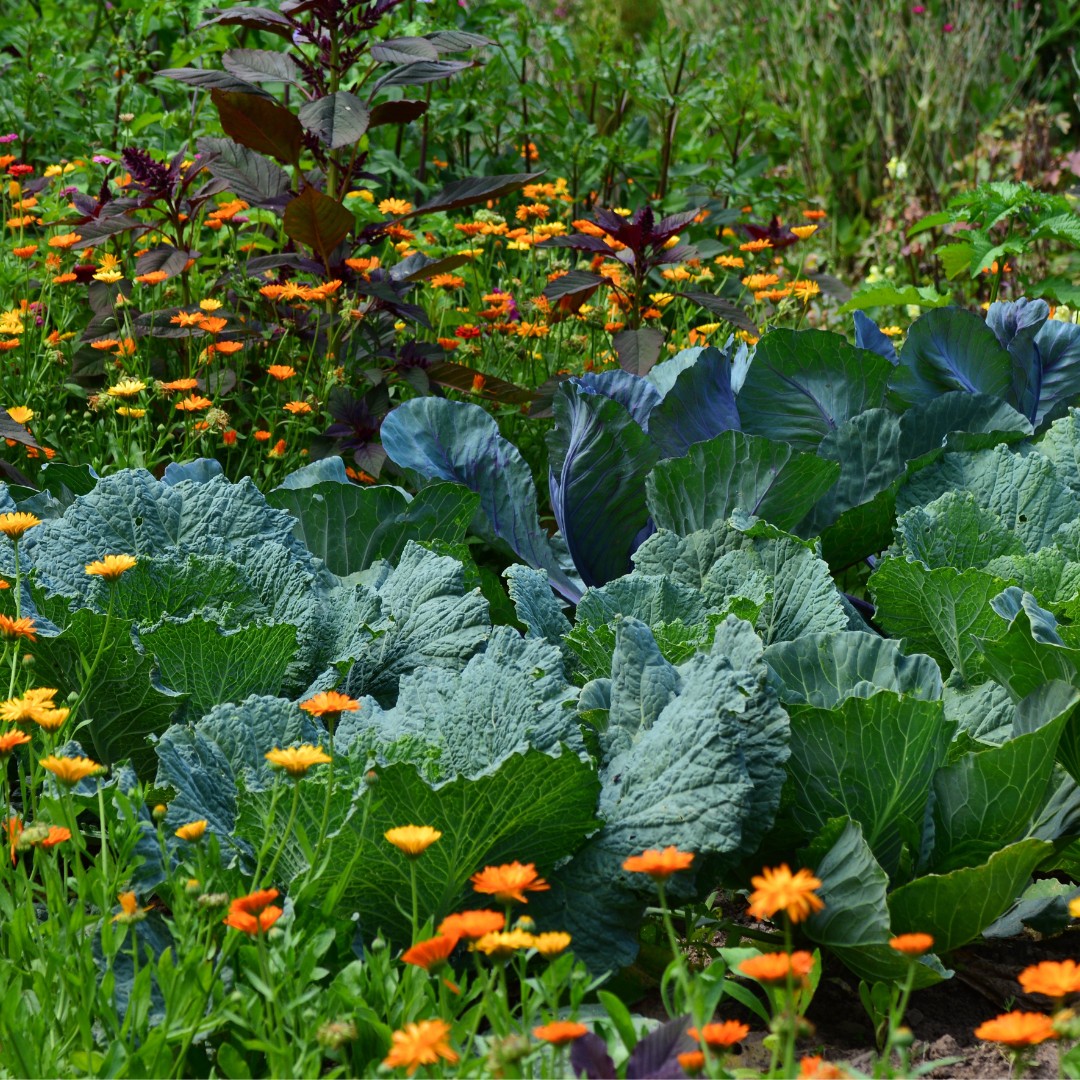
source@figarosgarden
Companion planting is a smart way to naturally improve plant health and deter pests. Some plants enhance the growth of others by providing shade, repelling insects, or enriching the soil. For example, planting marigolds with tomatoes helps keep aphids away. Learning which plants grow well together can lead to a more productive and harmonious garden.
11. Prune Regularly for Healthy Growth
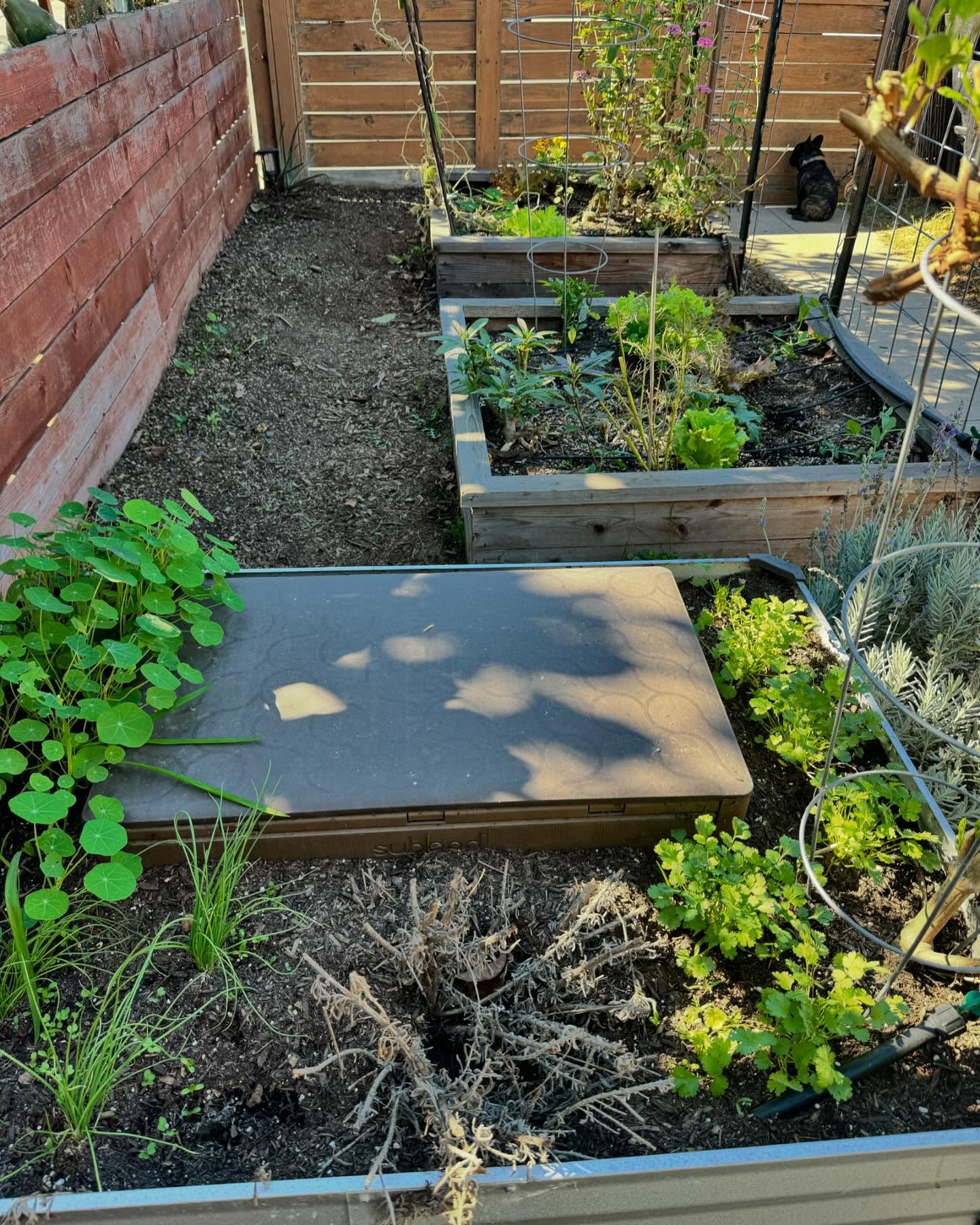
source@goodgrowthgardening
Pruning is essential for maintaining plant health and promoting new growth. Removing dead or diseased branches allows plants to focus their energy on producing fresh foliage, flowers, or fruit. For beginners, a pair of hand pruners from Amazon will make trimming easier. Just be careful not to over-prune, as excessive cutting can stress plants.
12. Watch Out for Common Pests
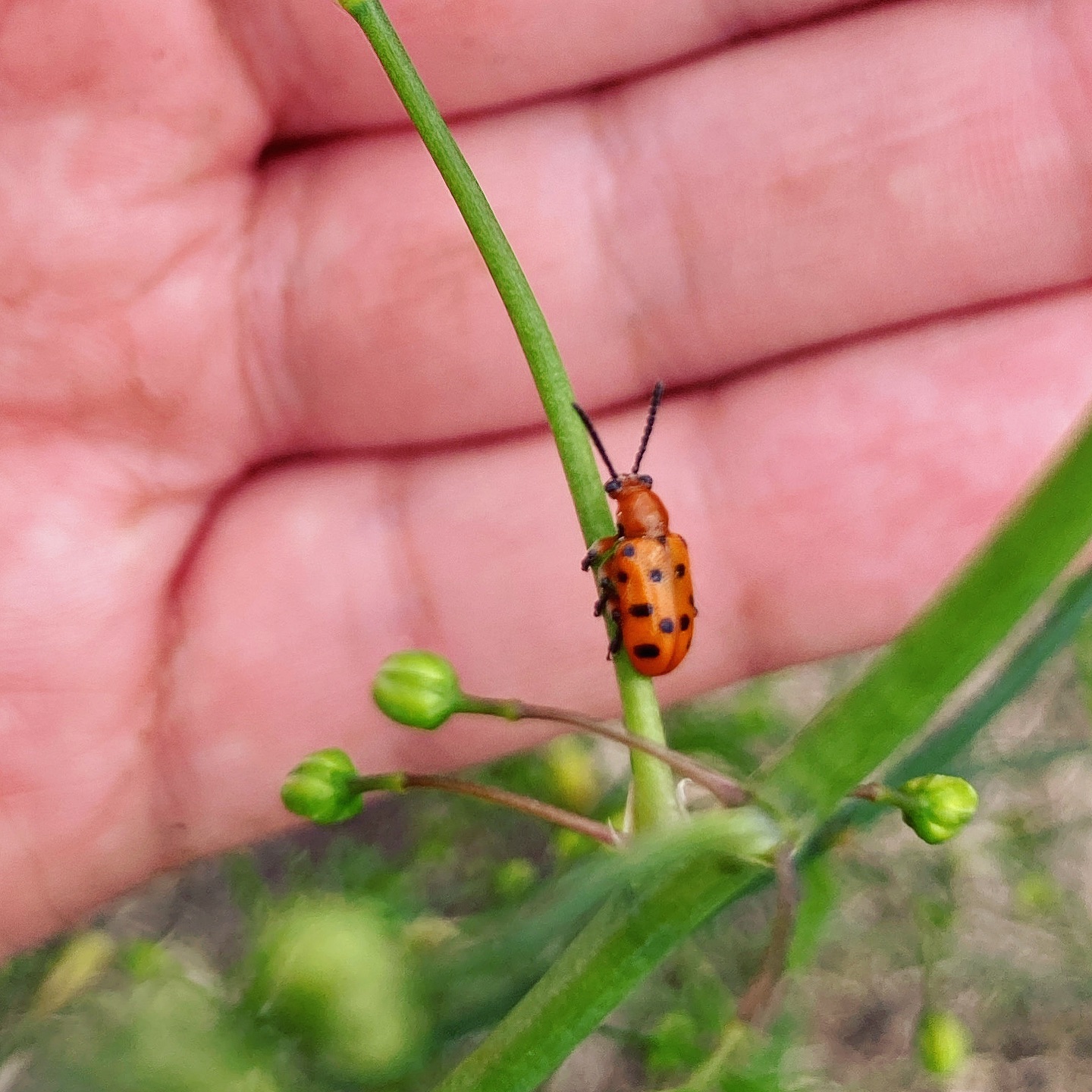
source@twenty7acres
Pests like aphids, caterpillars, and snails can damage your plants if not controlled. Instead of using harsh chemicals, opt for natural pest control methods such as introducing ladybugs, using neem oil, or placing organic insecticide sprays on your plants. Keeping your garden healthy and well-maintained reduces the chances of a pest infestation.
13. Compost for a Sustainable Garden
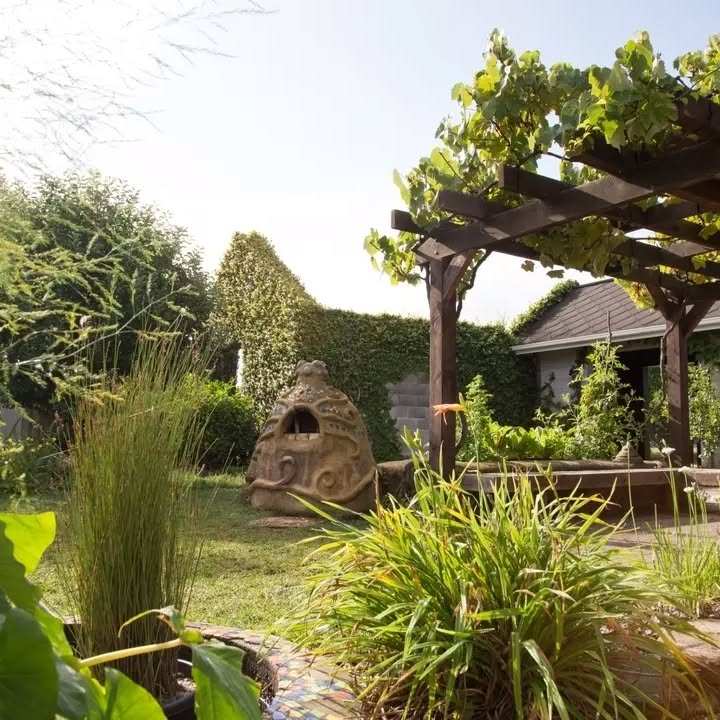
source@hamiltongardens
Composting is one of the most effective ways to nourish your soil while reducing waste. Kitchen scraps like vegetable peels, coffee grounds, eggshells, and yard waste such as grass clippings and leaves can all be composted to create nutrient-rich organic matter. Compost improves soil structure, enhances moisture retention, and boosts plant health. Starting with a compost bin from Amazon makes the process easy and mess-free. Over time, your homemade compost will provide a steady supply of nutrients to your plants without the need for synthetic fertilizers. Plus, composting is an environmentally friendly practice that promotes sustainability in your garden.
14. Use a Gardening Journal to Track Progress
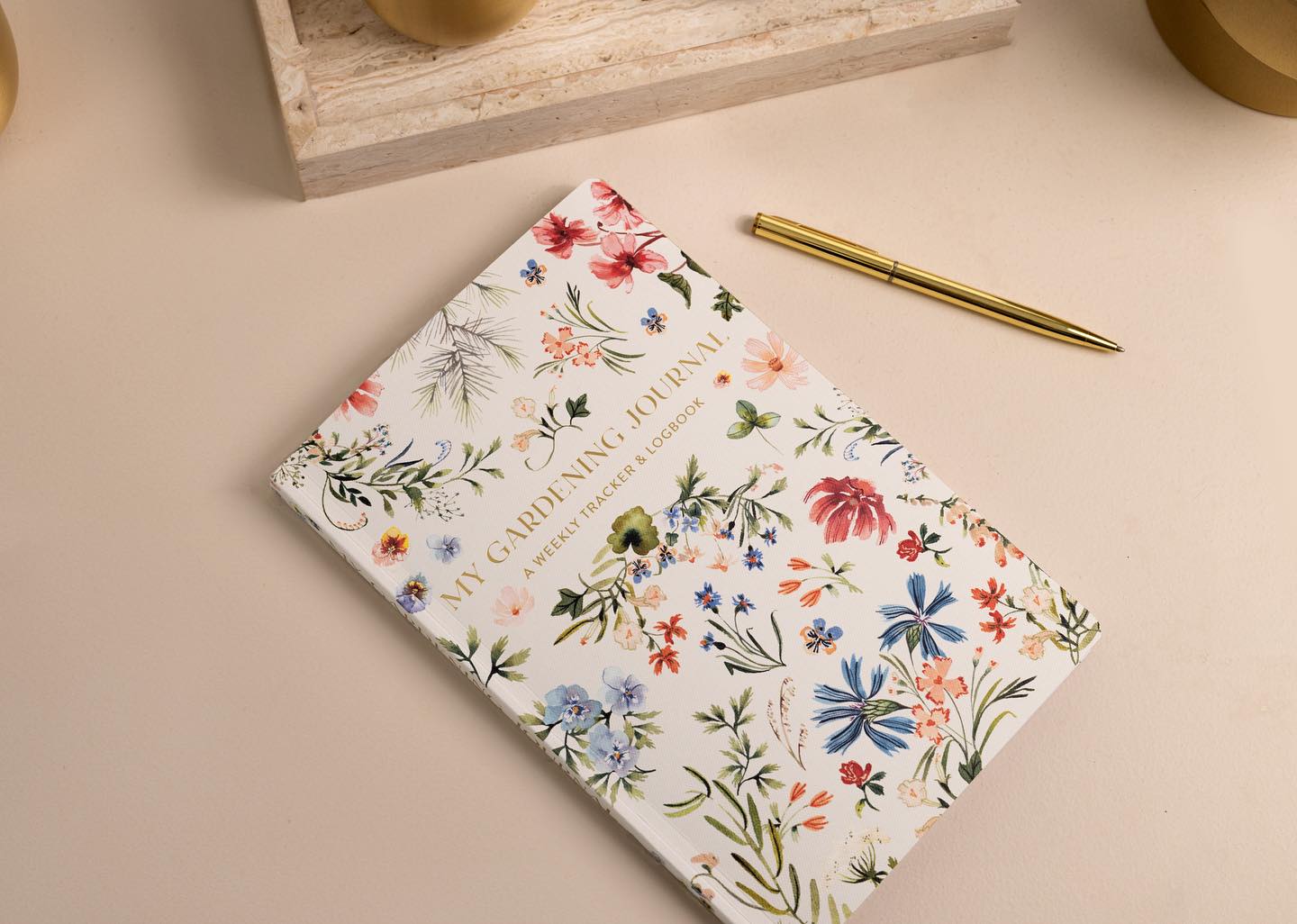
source@paigetateandco
Keeping a gardening journal is an excellent habit for beginners. It allows you to record plant growth, track seasonal changes, and document what works and what doesn’t. By noting details like watering schedules, fertilization, pest issues, and bloom times, you can learn from past experiences and improve your gardening skills each season. A gardening planner from Amazon can help you stay organized while making gardening more intentional and rewarding. Over time, your journal will become a valuable resource filled with personalized insights into your plants and their needs.
15. Protect Your Plants from Harsh Weather
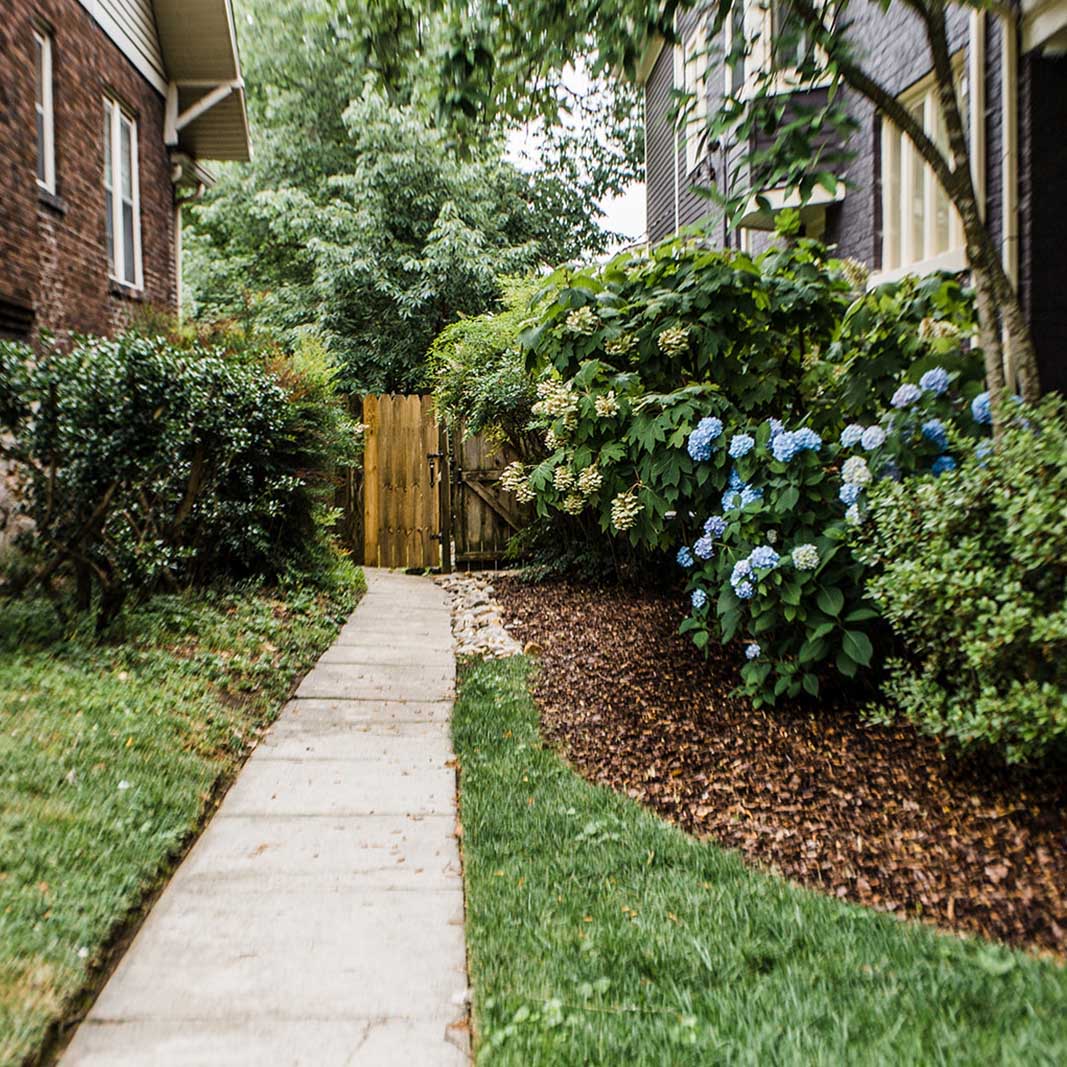
source@gardens_of_babylon
Weather can be unpredictable, and extreme conditions like heatwaves, frost, or heavy rainfall can damage your plants. During hot summers, consider using shade cloths to prevent plants from getting scorched. In colder months, covering plants with frost protection blankets helps prevent frostbite and keeps them insulated. If you live in a region with unpredictable weather, growing plants in portable containers allows you to move them indoors during extreme conditions. Keeping an eye on weather forecasts and taking precautions can make a significant difference in plant survival and growth.
16. Learn the Best Time to Plant
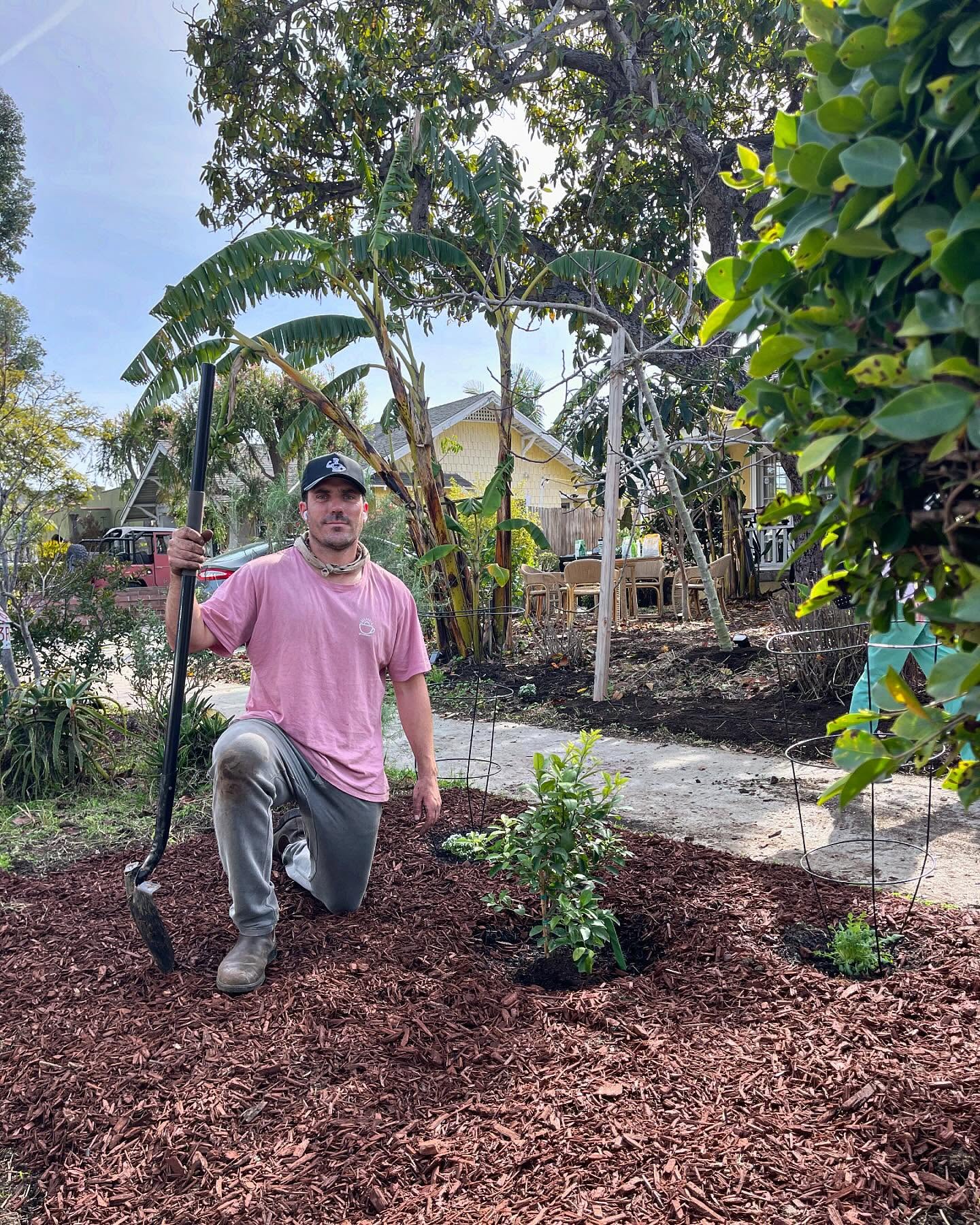
source@oliver_english
Timing is everything in gardening. Planting at the right time ensures that your plants thrive in suitable conditions. Most plants are categorized as either warm-season or cool-season crops. Warm-season crops like tomatoes, peppers, and cucumbers grow best in late spring and summer, while cool-season crops like spinach, carrots, and lettuce thrive in early spring or fall. Checking your local USDA Plant Hardiness Zone helps you determine the best planting schedule for your area. Investing in a planting calendar can also help you plan accordingly and avoid common timing mistakes.
17. Rotate Crops to Prevent Soil Depletion
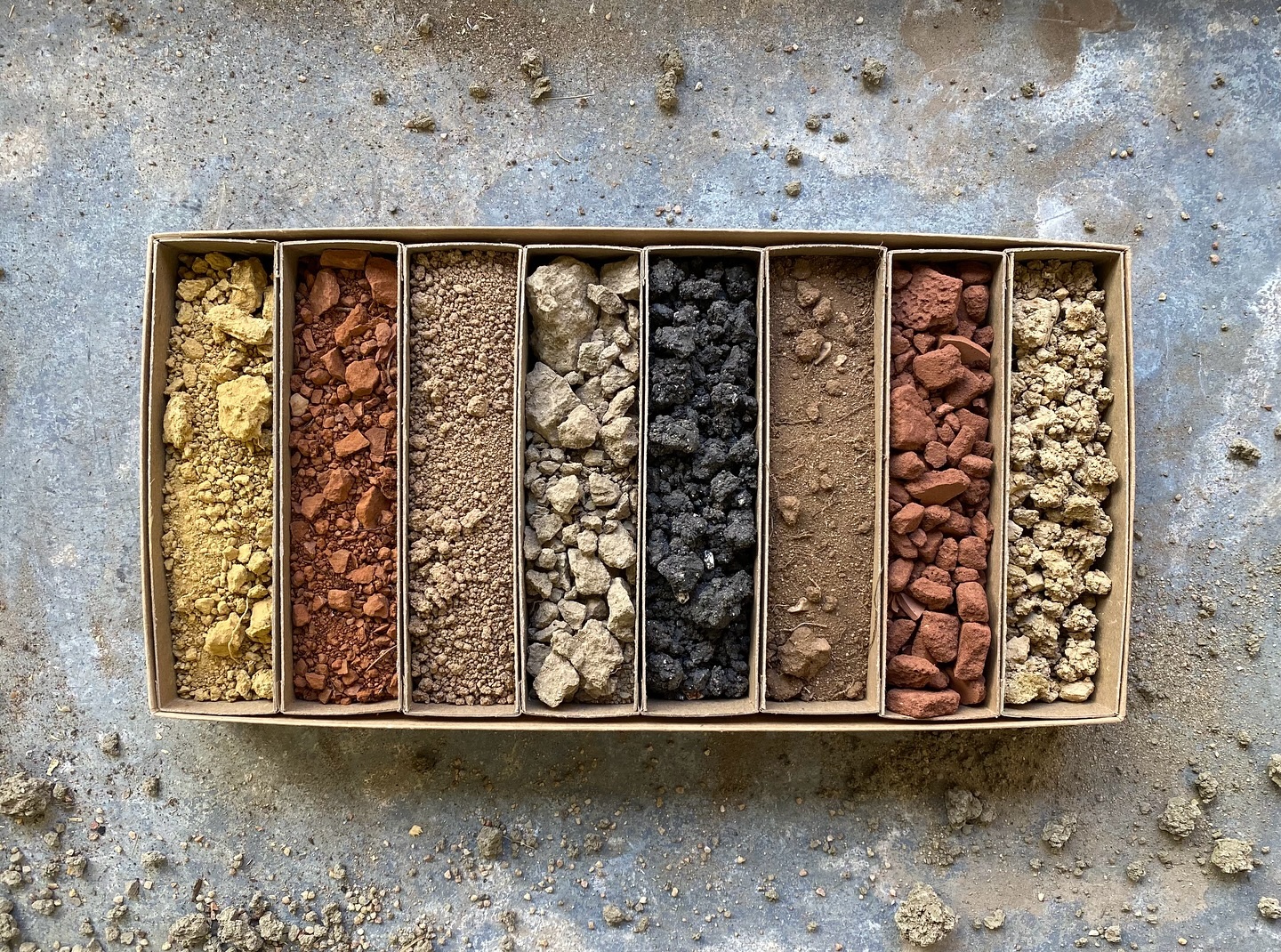
source@fortheloveofsoil
If you’re growing vegetables, crop rotation is a crucial practice to maintain soil health and prevent disease buildup. Planting the same crops in the same spot every year can deplete the soil of specific nutrients and attract pests. By rotating crops—such as planting leafy greens where tomatoes once grew—you improve soil fertility and reduce the risk of plant diseases. A simple three-year rotation cycle works well for beginners. Keeping a garden layout planner can help track your planting cycles and ensure better yields over time.
18. Support Your Plants with Stakes or Trellises
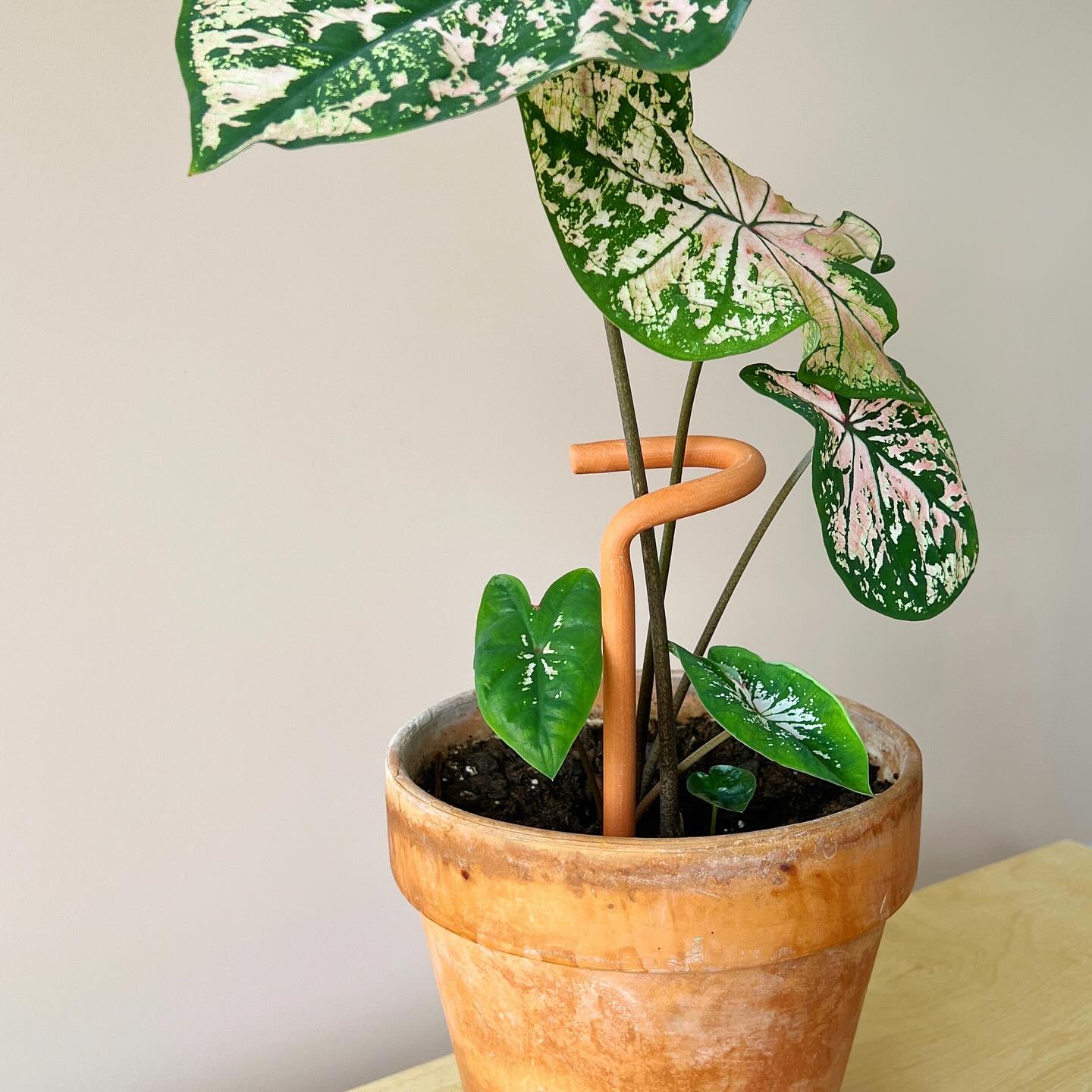
source@tierrasolstudio
Many plants, especially climbing vegetables like beans, peas, and cucumbers, require support to grow upright. Without proper support, they may sprawl across the ground, making them vulnerable to pests and disease. Using stakes, cages, or garden trellises ensures that your plants grow vertically, saving space and improving air circulation. Even flowering plants like roses and peonies benefit from plant supports to prevent stems from breaking under the weight of blooms. Providing adequate support not only keeps your garden tidy but also promotes healthier, stronger plants.
19. Attract Pollinators for a Thriving Garden
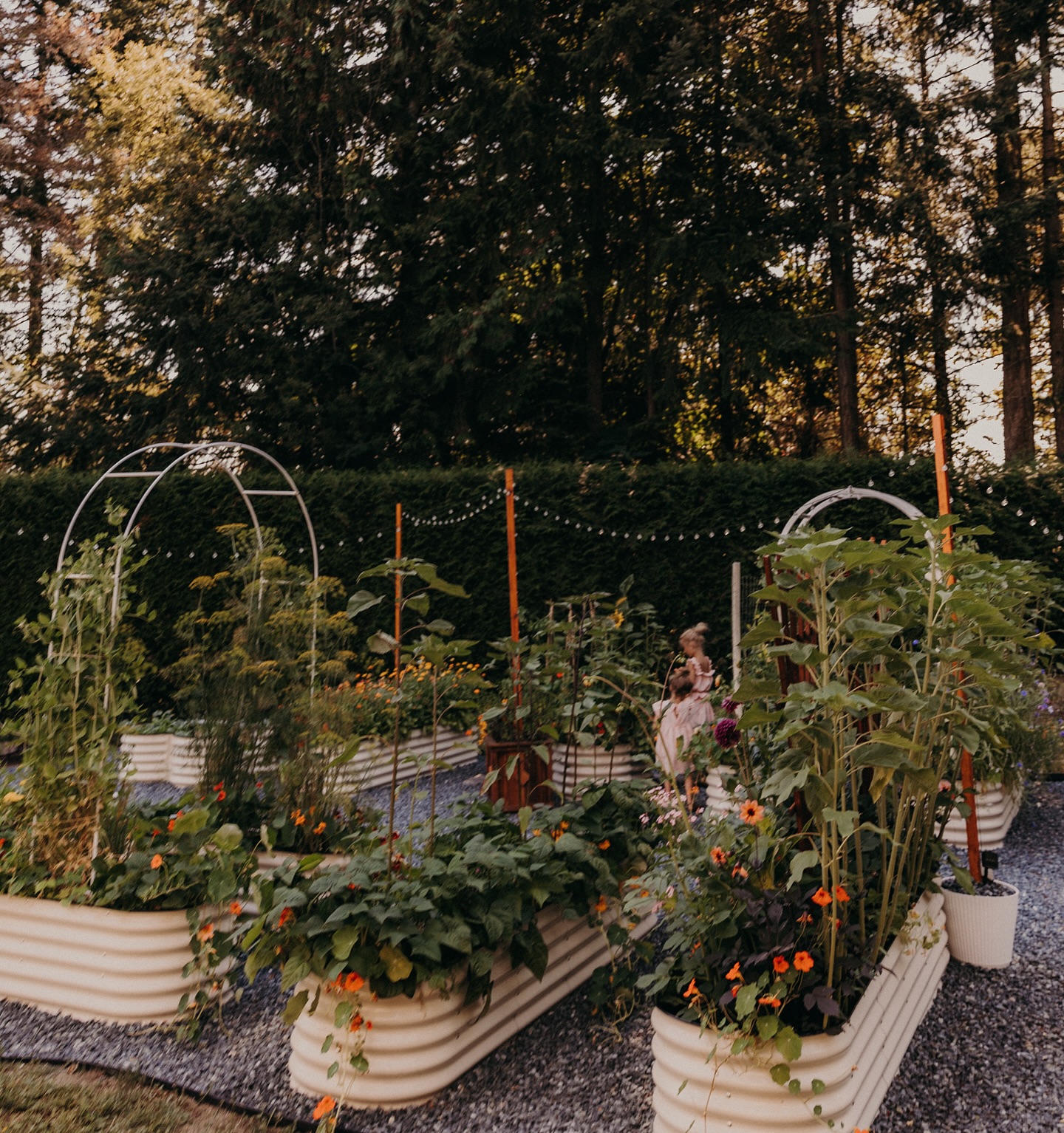
source@sproutboxgarden
Bees, butterflies, and hummingbirds play a crucial role in pollination, which is necessary for fruit and vegetable production. If you’re growing crops like tomatoes, cucumbers, or berries, attracting pollinators to your garden will significantly improve your harvest. Planting nectar-rich flowers like lavender, echinacea, and sunflowers encourages pollinators to visit your garden. Additionally, placing pollinator-friendly seed mixes or a small bee house can create a welcoming environment for these beneficial creatures. Avoid using chemical pesticides, as they can harm pollinators and reduce the overall productivity of your garden.
20. Harvest Regularly to Encourage More Growth
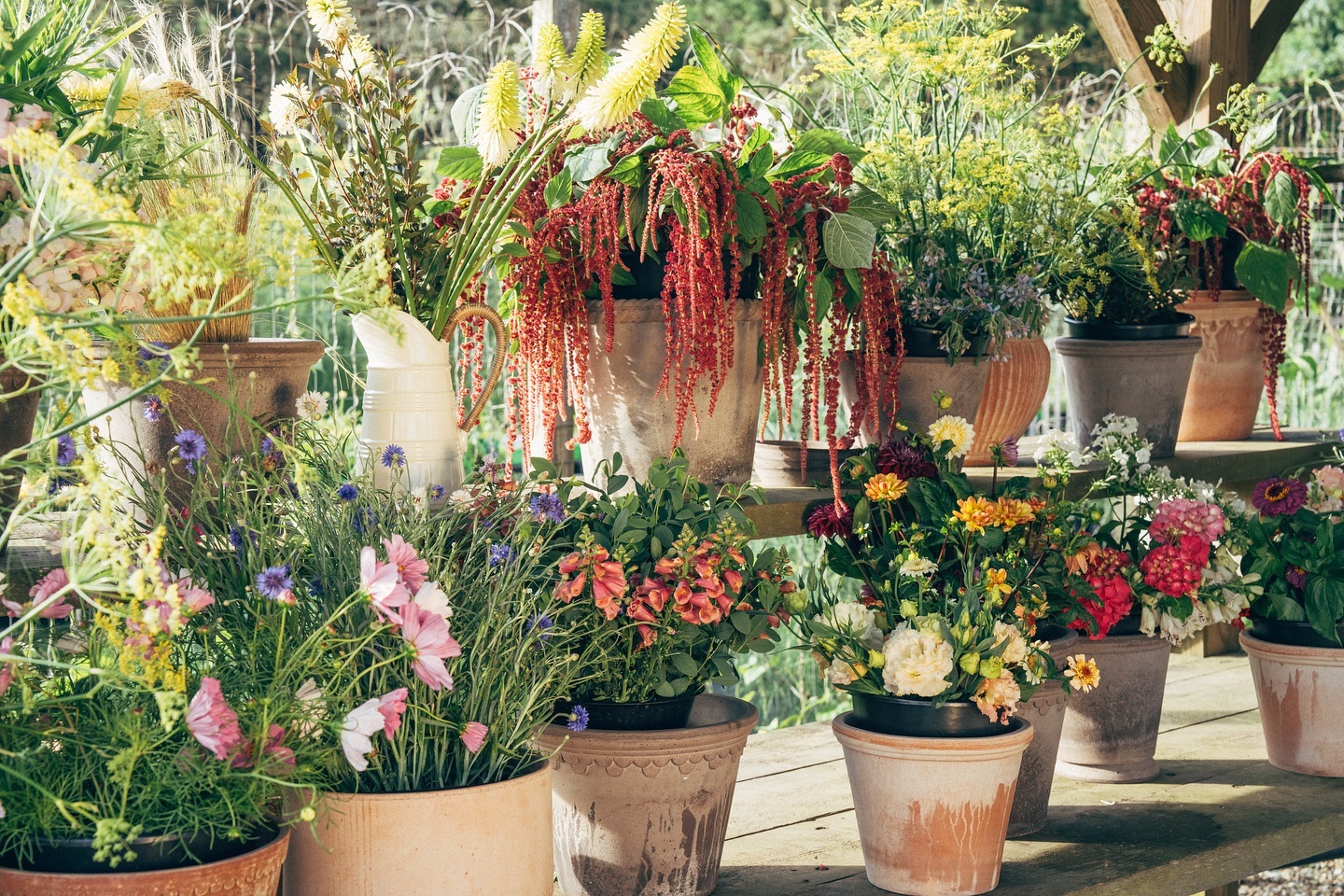
source@harvestgardennantucket
One of the most exciting parts of gardening is harvesting the fruits (and vegetables) of your labor. However, many beginners make the mistake of waiting too long to pick their produce. Regular harvesting encourages plants to keep producing new fruits and vegetables. For example, the more you pick herbs like basil or mint, the more they will grow. Vegetables like zucchini, beans, and cucumbers should be harvested frequently to prevent them from becoming oversized and tough. Using sharp garden shears ensures clean cuts, preventing damage to the plant and encouraging continuous production.
21. Enjoy the Process and Keep Experimenting
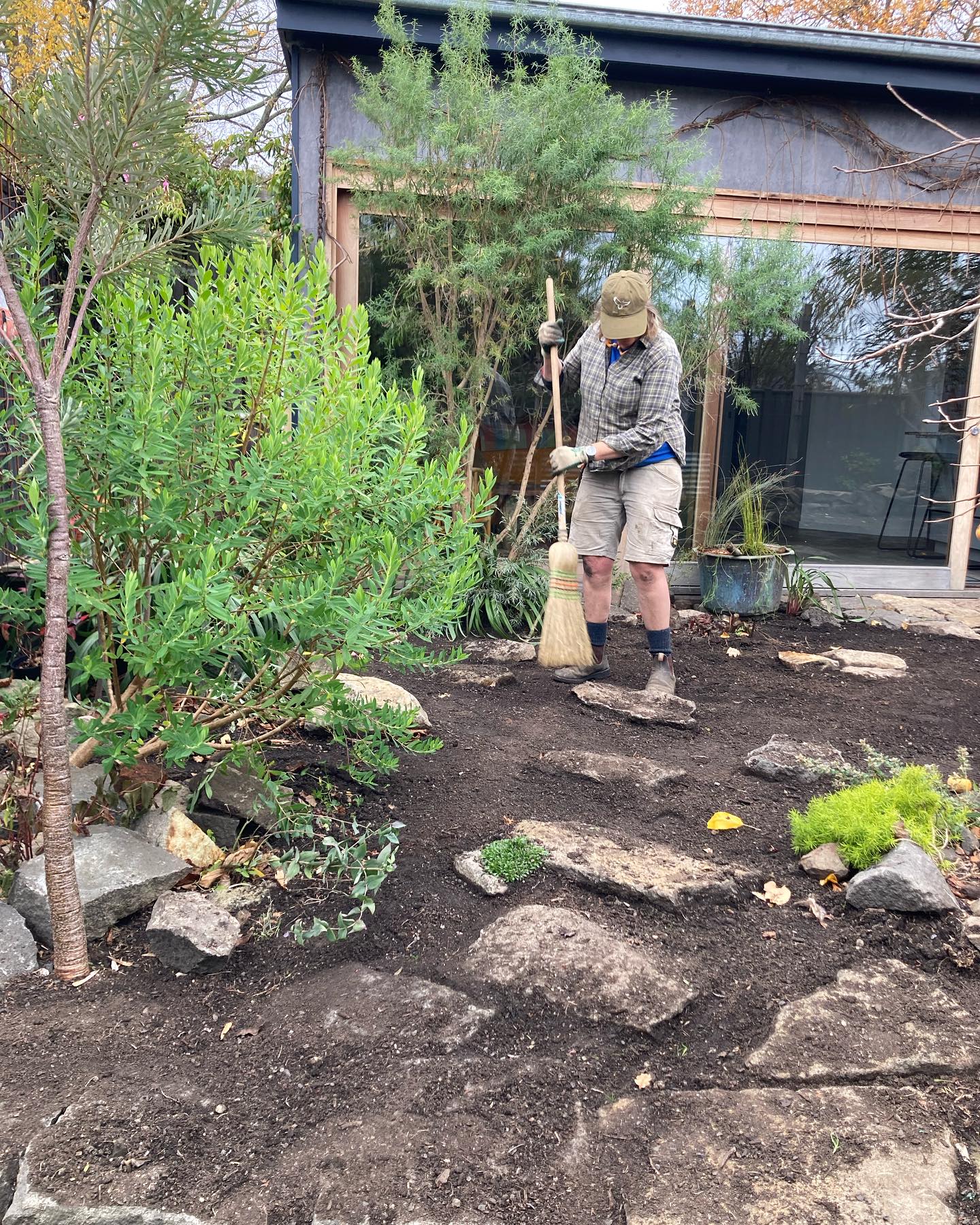
source@thethriftygardener
Gardening is a journey of learning and growth, and every season brings new challenges and discoveries. Not every plant will thrive, and that’s okay! Even experienced gardeners face setbacks due to weather, pests, or soil conditions. The key is to embrace the learning process and keep experimenting with different plants, techniques, and layouts. Engage with gardening communities, read up on best practices, and don’t be afraid to try something new. Most importantly, enjoy the beauty of nurturing plants and watching your garden flourish over time.



